The Wild Flowers of Skopelos

The beautiful green island of Skopelos lies between Skiathos and Alonissos and is surrounded by the deep blue waters of the Aegean Sea.
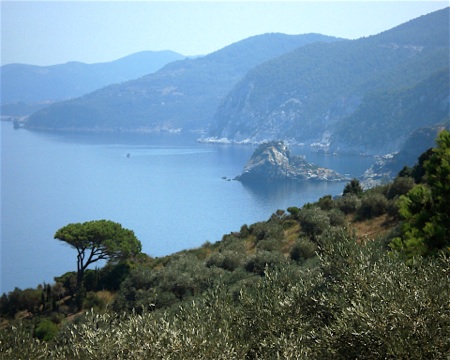
One of the many islands of the Northern Sporades situated off the east coast of Greece, Skopelos is adjacent to the Pelion peninsula and close to the Island of Evia and from a bio-geological perspective can be considered to be an extension of these ecologically important areas.
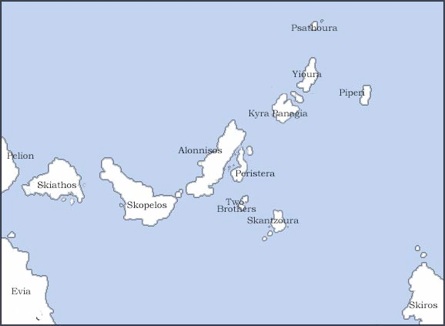
The island 17km. long and 8km wide has an area of 96 sq. km. with steep mountain slopes arising abruptly from the surrounding sea. The terrain is deeply folded forming high ridges alternating with deep valleys and creating an indented coastline. The perimeter is 67km. long, with steep cliffs, curved bays rocky shores with sand and pebble beaches . As an island, Skopelos has it's own unique environment.
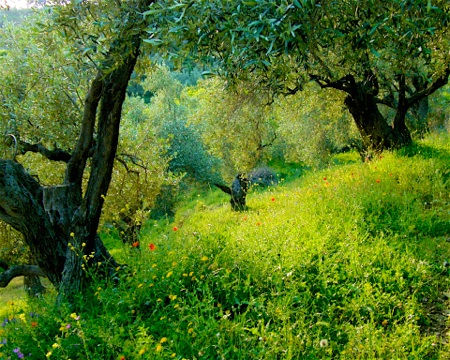
The Mediterranean climate combined with it's complex geological structure and the presence of man since early times, has resulted in a surprisingly large range of habitats. It provides an ideal environment for a large variety of trees, shrubs and flowers including a number of endemic species found only in Greece and a few which exist only in the Sporades.
One flower has been named after Skopelos - Campanula scopelia .Phitos.1
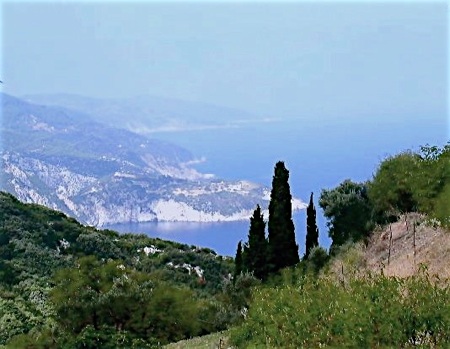
The island has has been recognised as an important ecological environment. A total of 67.5% of the island is covered in pine forest and Skopelos was awarded the title of "The Green and Blue Island" by the Biopolitical International Organization (BIO) in 1997. The eastern part of the island, the Palouki peninsula, is included in the National Marine Park of the Northern Sporades. This was recognised by Presidential Decree in May 1992 and is a Natura 2000 area of protected habitat.
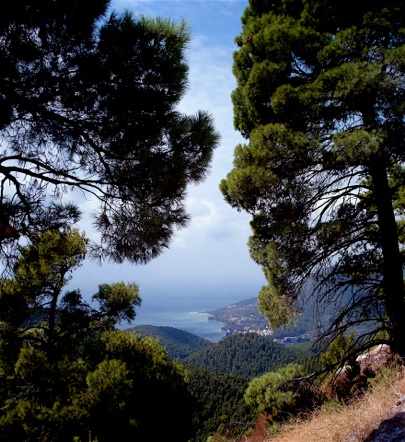
Geologically and biologically the island can be divided into three areas, the central area, the south eastern, Palouki peninsula and the north western Glossa area. Amongst and between these divisions are a variety of contrasting environments most notably the depression of Skopelos and the Karya basin. The central area is dominated by Mount Delphi, the island's highest summit, with an altitude of 681m. This part of the the island is almost completely covered in ancient Aleppo Pine forest sweeping from the summit of Mount Delphi to the edge of the sea. The deep valleys however provide a cooler environment where a variety of broad leaved trees survive.
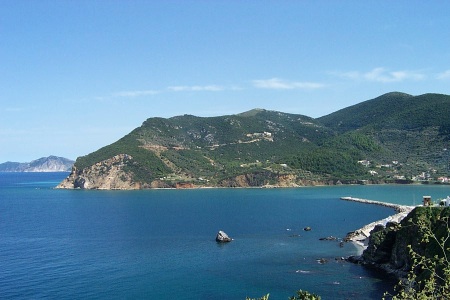
The South Eastern area centred on the Palouki Massif, has cultural as well as botanical importance with a number of centuries old Byzantine Monasteries. The vegetation is mainly kermes oak (Quercus coccifera) maquis interspersed with phrygana, a small forest of holm oak (Quercus ilex) and an olive- carob (olea-ceratonia) community.2
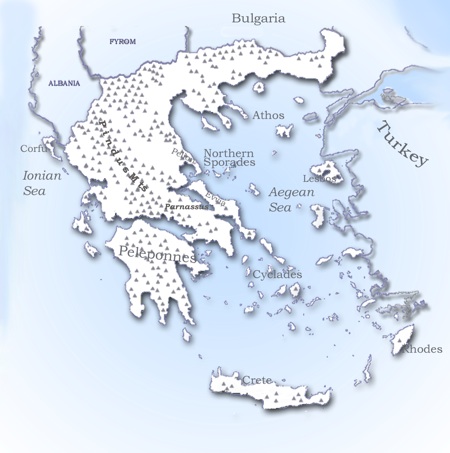
The Mediterranean is one of the the most seismologically active area of the world and this has resulted in complex deformations of the earth’s crust which are reflected in mountainous terrain, the intricate coastline and the scattered islands of Greece creating, what is probably, the most beautiful outline map of any country in the world.
1. Katharakis Dimitrios. FLORA SPORADUM. 2006.
2. Filotis. The National Park of Alonissos and Eastern Skopelos. 2001.
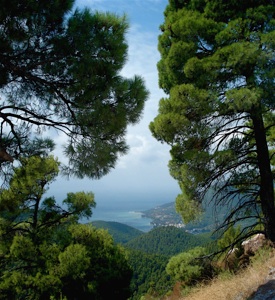
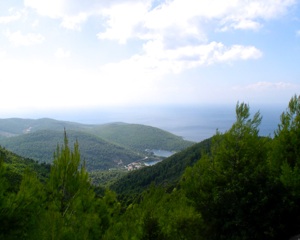
The Island of Skopelos
Most people imagine Greece as a chain of rocky islands, with cubic, whitewashed houses. Skopelos is not such an island, it is an emerald in a sapphire sea.
